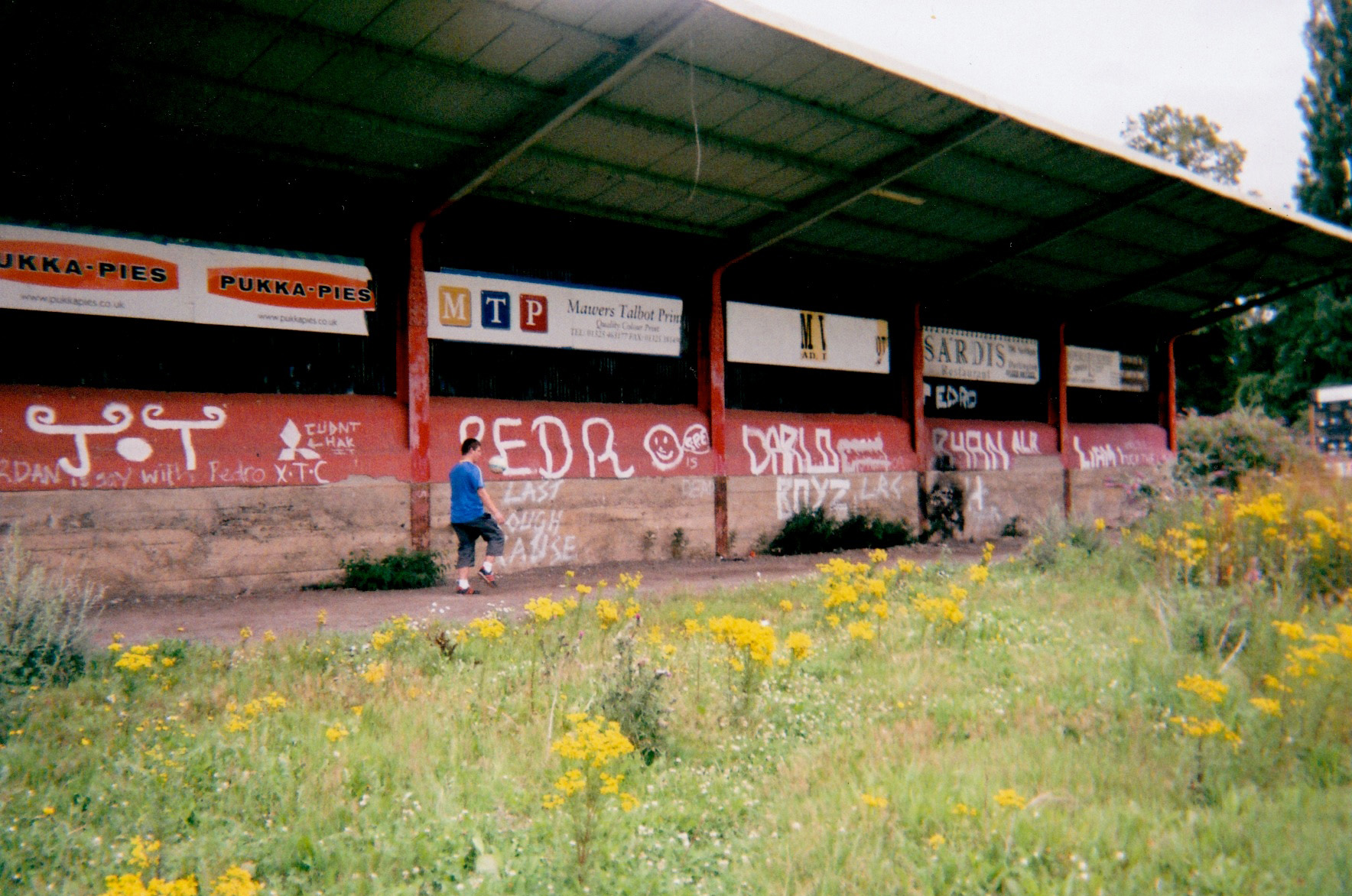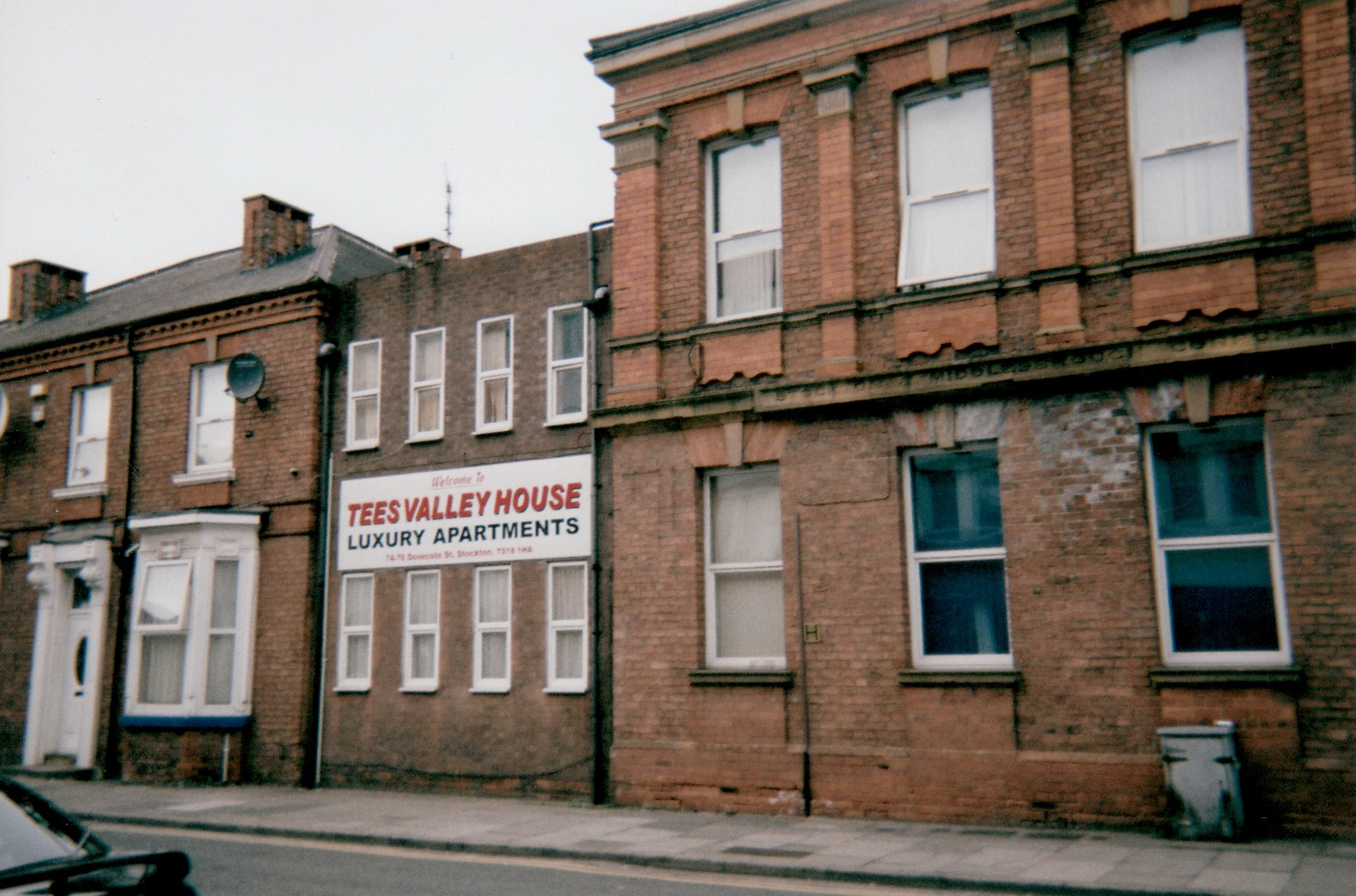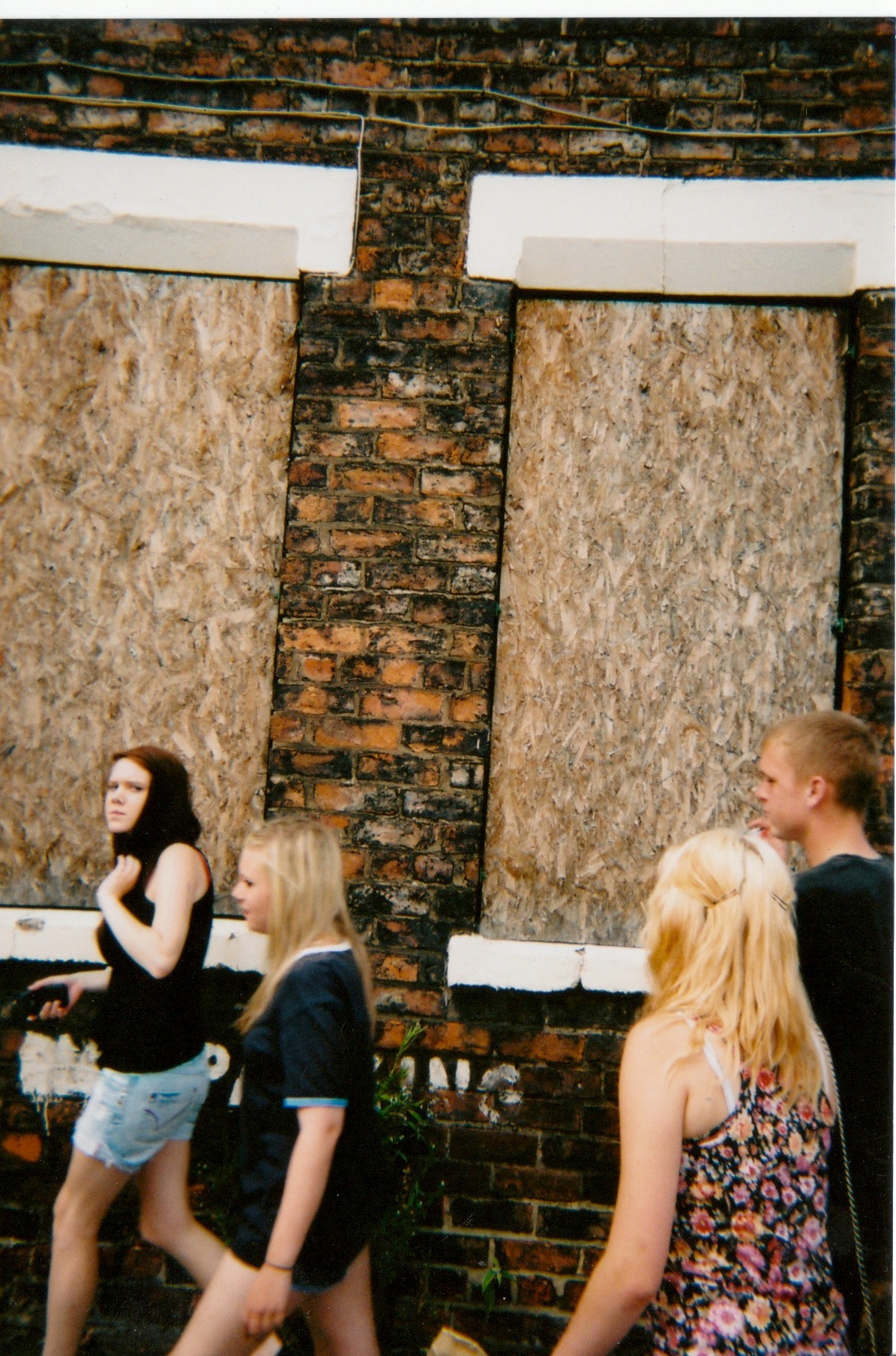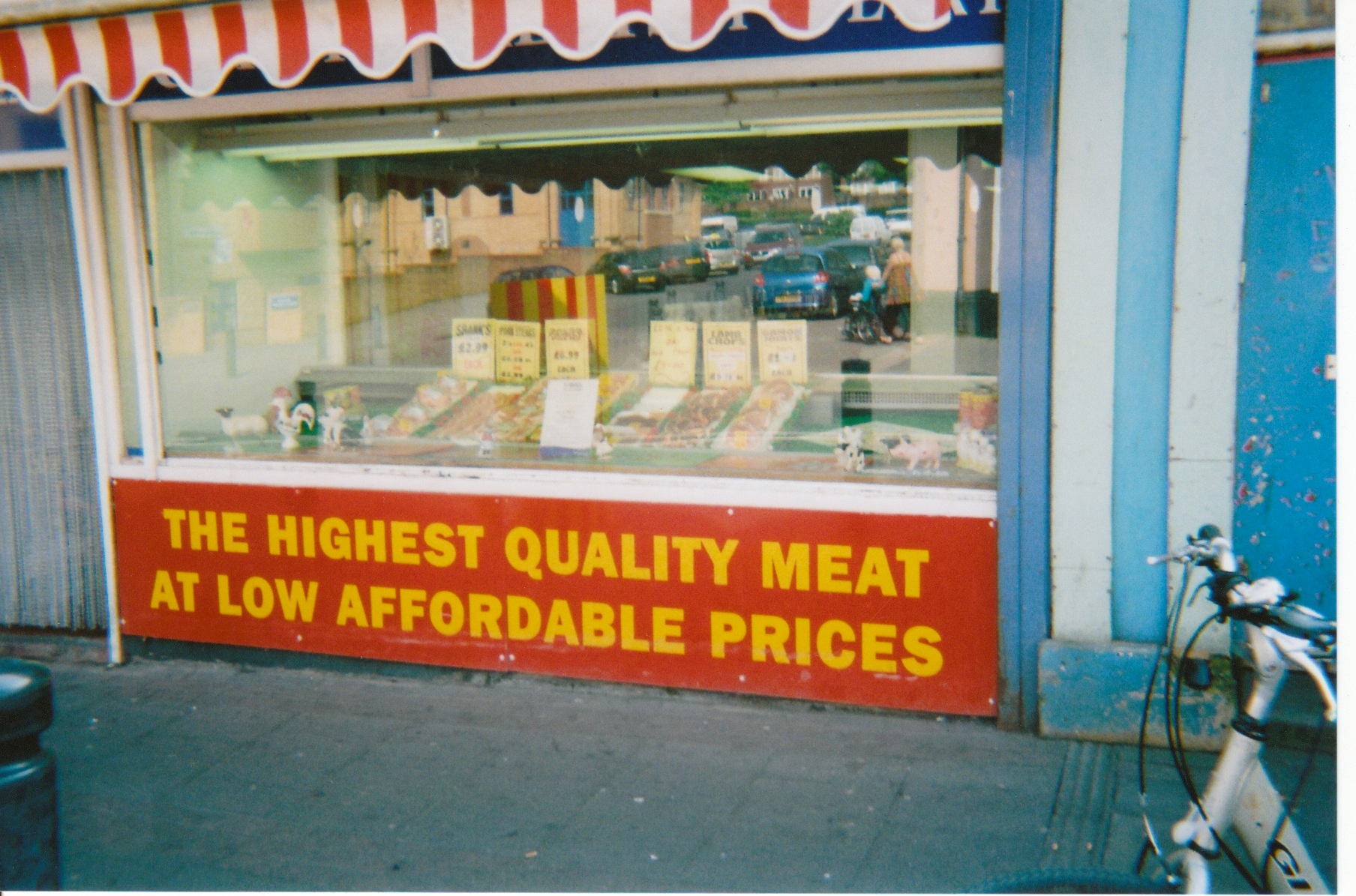How do children who are living in poverty see their lives?
The charity Children North East set out to find out. They distributed 1,348 disposable cameras to children and young people living in disadvantaged areas across 12 local authorities in the north east of England and invited them to take photographs in response to the question ‘What is poverty?’
More than 500 children and young people aged from 3 to 19 responded to the challenge. They sent in around 11,000 images that captured their homes, local areas and everyday lives in impoverished communities across the north east.
See some of the images and hear some of the children talk about their lives in this short film from Children North East. Scroll down to the foot of the page for updates on the project.
© Children North East (CNE)
Making sense of the images
To analyse the images taken, Children North East used a series of focus groups to work with the young people who had been involved in the project. Nine strong themes were identified: housing; environment; places to go; family and friends; shops; transport; entertainment; money; crime and antisocial behaviour.
Below is a slideshow of photos taken by the young people that are based around three of the themes: housing, places to go and shops. Collectively, these photos paint a powerful portrait of the impact of poverty on the lives, hopes and dreams of young people.
Housing
A wealthy lady lives here which makes it feel good that good people want to live here
It looks really bad with all the 'to-let' signs like no one wants to live here.
The greatest concern for children and young people was poor quality housing, whether in their own home, or in the houses in their neighbourhood. Externally, there were a lot of run down, boarded-up houses. Internally, there was overcrowding, damp and disrepair.
Many children talked about being embarrassed to bring friends home. How your home looks or the size of your TV said a lot to the children and young people about status. In discussions it was clear the home was central, as this was where they spent most of their time. Some young people took photos of what they saw as good houses in their neighbourhood.
Places to go
There’s no skate park, no equipment. I like the football field and we all use the multisport thing. We do need it but there’s no one using it cos there’s nothing there. We do go there to sit.
To go to Alton Towers its £240 . . . I get free school meals and I don’t get to go on trips
Young person, Northumberland
One of the biggest issues raised through the photographs was the places where the children and young people go to play and hang out. There was generally a lack of facilities in the communities in which they lived. But what was most striking about the photographs is that they all captured free or low-cost places.
Among all the 11,000 photos taken, places requiring money to enter, such as swimming pools, featured only once – just one photograph of a cinema. Very few children and young people had experienced travel around the region or further afield on holidays.
Most children and young people hadn’t been away on holiday during the summer during which the photos were taken (2011), and many young people also raised the fact that they couldn’t afford to go away on school trips. In order to experience the wider environment, the children and young people were reliant upon trips and free provision from children’s centres. Many described having fun days out with the local children’s centre. One of the young people comments:
Shops
It’s more expensive to buy strawberries than it is to buy a whole pizza.
Young person, Newcastle
In town it’s clean, because people are there spending money
Children and young people photographed their local shopping areas and their images featured large numbers of fast and cheap food outlets. Shops tended to be off-licences, frozen food stores, tanning shops, betting shops, cash converters, as well as second-hand and junk stores. There were also a large number of empty shops and disused spaces.
Photographs of cheap fast food outlets were coupled with images of empty fridges at home. Young people described having to travel by bus to a local supermarket, which further increased costs. In rural areas, isolation and closing times of places were also important. Young people photographed closing times, often at 6pm, to illustrate this point.
There are no other shops, so it’s really hard cos there’s nowhere to get anything once it’s shut. There is an ice cream van which used to be good. The new one is too expensive and he’s a bit grumpy.
Young person, Durham
The future
When asked if they would still like to live in their area when they are older almost all the young people in the focus groups said no. When asked where they would like to go or how they would get away, they had no idea. In 2012 Children North East will be working with these young people on the actions they feel should be taken locally to tackle poverty.
For more information visit Children North East.
Measuring child poverty
The PSE: UK research project will be measuring child poverty and social exclusion as part of the 2012 survey of living standards. As part of the research development, the team has been looking at improvements that could be made to the indicators of deprivation PSE Measures Review Paper: Children’s Deprivation Items, Jonathan Bradshaw and Gill Main).
What do you think children living in the UK today should have and shouldn’t have to do without? Take part in our online necessities survey for children’s items.
All images are copyright of Children North East (CNE).
UPDATE: June 2013
The young researchers produced a report for Children North East based on their findings.
Poverty proofing the school day
Children and young people from the North East have also written, developed and performed a play called 'Hope's Diary', showing what school life is like for those who are living in poverty. You can view their play here..
Building on young people’s research and findings, Children North East is now working with young people and four local schools, to tackle the stigma of poverty by developing a toolkit for schools to ‘poverty-proof’ the school day. For more information contact Sara Bryson.








 PSE:UK is a major collaboration between the University of Bristol, Heriot-Watt University, The Open University, Queen's University Belfast, University of Glasgow and the University of York working with the National Centre for Social Research and the Northern Ireland Statistics and Research Agency. ESRC Grant RES-060-25-0052.
PSE:UK is a major collaboration between the University of Bristol, Heriot-Watt University, The Open University, Queen's University Belfast, University of Glasgow and the University of York working with the National Centre for Social Research and the Northern Ireland Statistics and Research Agency. ESRC Grant RES-060-25-0052.






